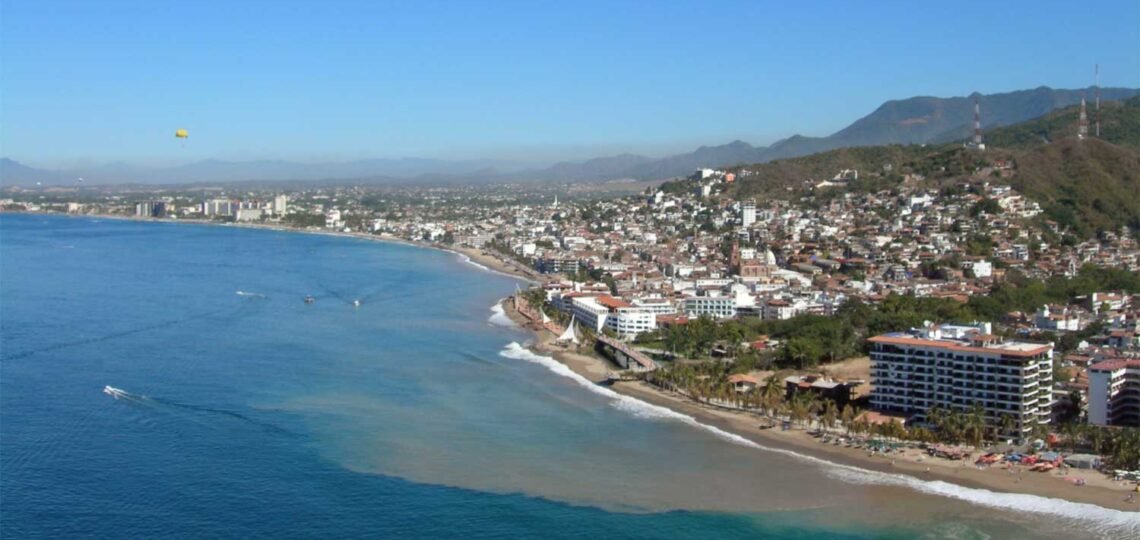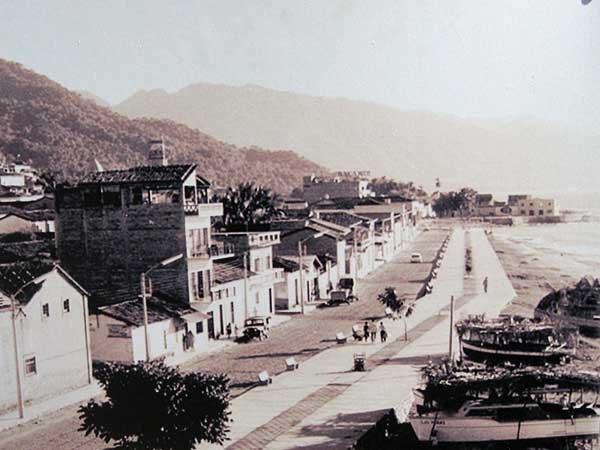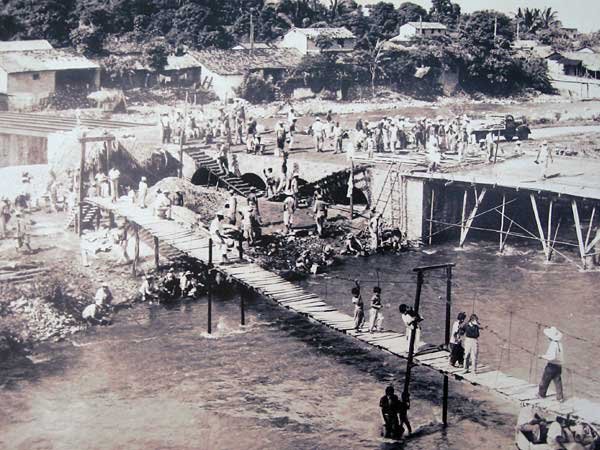
History of Puerto Vallarta, Mexico
Nestled along the sparkling shores of the Pacific Ocean, Puerto Vallarta is a vibrant city that boasts a rich tapestry of history, culture, and natural beauty. From its humble beginnings as a small fishing village to its emergence as one of Mexico’s premier tourist destinations, Puerto Vallarta’s journey through time is as fascinating as it is captivating. In this article, we embark on a journey through the annals of history to uncover the evolution of Puerto Vallarta from its ancient origins to the bustling cosmopolitan hub it is today.
Ancient Roots
Long before the arrival of the Spanish conquistadors, the region that is now Puerto Vallarta was inhabited by indigenous tribes, primarily the Huichol people. These indigenous communities thrived in harmony with the lush tropical landscape, relying on fishing, agriculture, and trade for sustenance and survival. Evidence of their presence can still be found in the form of ancient petroglyphs etched into the rocks and caves that dot the surrounding countryside.
Spanish Conquest and Colonial Era
The course of Puerto Vallarta’s history was forever altered with the arrival of Spanish explorers in the early 16th century. In 1524, the Spanish conquistador Hernán Cortés claimed the region for the Spanish crown, sparking a wave of colonization and conquest. However, it wasn’t until the 19th century that Puerto Vallarta began to take shape as a settlement of significance.
During the colonial era, Puerto Vallarta served as a strategic port for the Spanish galleon trade, facilitating the transportation of goods between Mexico and the Philippines. The town grew slowly but steadily, its fortunes tied to the ebb and flow of maritime commerce. The legacy of Spanish colonialism is still evident in the city’s architecture, with charming cobblestone streets, ornate churches, and elegant haciendas serving as reminders of a bygone era.


Independence and Modernization
The 19th century brought seismic shifts to Puerto Vallarta and the wider region as Mexico fought for and won its independence from Spanish colonial rule. With newfound autonomy came a renewed sense of national identity and purpose, and Puerto Vallarta began to emerge as a center of commerce and culture.
One of the most significant developments in Puerto Vallarta’s history occurred in the early 20th century with the construction of the railroad connecting the city to the rest of Mexico. This infrastructure project opened up Puerto Vallarta to the outside world, facilitating the movement of goods and people and laying the groundwork for future growth and development.
Rise to Prominence
Despite its growing importance as a regional hub, Puerto Vallarta remained relatively unknown on the international stage until the mid-20th century. That all changed in the 1960s when Hollywood came calling. The filming of The Night of the Iguana starring Richard Burton and Ava Gardner, put Puerto Vallarta on the map, transforming it into a glamorous destination frequented by celebrities and jet-setters.

The publicity generated by the film sparked a tourism boom, with visitors flocking to Puerto Vallarta to experience its pristine beaches, vibrant culture, and warm hospitality. Hotels, resorts, and restaurants sprang up to accommodate the influx of tourists, forever altering the city’s skyline and economic landscape.
Modern Era and Beyond
In the decades since its newfound fame, Puerto Vallarta has continued to evolve and adapt to the changing tides of history. The city has weathered economic downturns, natural disasters, and geopolitical upheavals, yet it has emerged stronger and more resilient each time.
Today, Puerto Vallarta is a thriving cosmopolitan metropolis that seamlessly blends old-world charm with modern amenities. Its bustling Malecón promenade is a testament to its vibrant cultural scene, with street performers, art galleries, and restaurants lining its cobblestone streets. Meanwhile, its pristine beaches and lush jungles offer endless opportunities for adventure and relaxation.
Looking to the future, Puerto Vallarta remains committed to preserving its natural beauty and cultural heritage while embracing innovation and progress. With sustainable tourism practices, community engagement, and investment in infrastructure, the city is poised to continue thriving as one of Mexico’s premier destinations for years to come.
Conclusion
From its ancient roots as an indigenous fishing village to its current status as a world-class tourist destination, the history of Puerto Vallarta is a testament to the resilience, ingenuity, and spirit of its people. As we reflect on the city’s past, we are reminded of the timeless allure of Puerto Vallarta and the countless stories yet to be written in its vibrant tapestry of history and culture.
